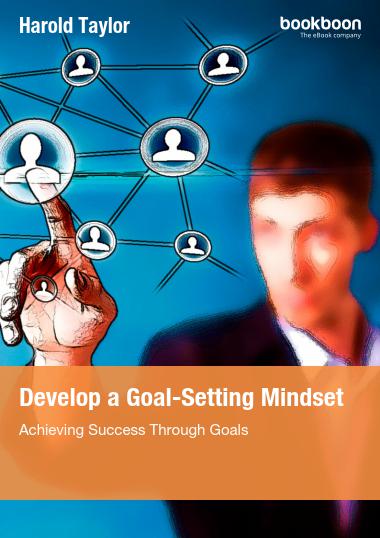Reframing is the general change in a person’s mindset, whether it be a positive or negative change. Someone who is basically an optimist, creative, and has a sense of humor, is usually quite adept at reframing. But like most things, the more you do it, the better you become at reframing.
When you paint a picture in someone’s mind, it is all in the way you frame it. Marketers do not say the food product is 10% fat; they say it is 90% fat free. It has been proven that people rate a hamburger as tastier and less greasy if it is labeled 75% lean rather than 25% fat, according to Wray Herbert’s book, On second thought. The way you word something makes a difference. We do know, for example, that grocery items advertised at four for two dollars outsells those sold for 50 cents each. Nothing has changed except the buyer’s perception.
There is little doubt that Frederick Winslow Taylor, the father of scientific management, had a great influence on how workers perceive time management today. Except that they do not have to wield a shovel that allows our them to move the ideal amount of twenty-one and a half pounds of coal into a blast furnace using the one most efficient swing of their arms. Thanks to technology, those types of jobs have been eliminated.
But Taylor’s approach to work eventually invaded the office under the name of efficiency, and workflow, and time and motion study. When I graduated from college in 1956, I walked alongside of those individuals with clipboards and stopwatches as they set time standards for every task. And it led to my eventual career in time management some twenty years later.
In those early days of time management training, when I tried to explain how to work most efficiently and effectively, I was confronted with resistance, and the belief that their companies were only attempting to get more work from them. I could not deny that because it was true. But there was more to it than that. It also made the jobs easier for the workers and provided information and skills that they could apply during their lifetime, both at work and in their personal lives. And the more profitable their companies became, the better it became for the workers both in terms of salary and job security. And the worker would become more valuable to their company or any future employer.
Time management needed reframing because bad experiences in their past had already implanted a negative vision of time management in their minds. It prompted me to reframe the description and intent of time management. I no longer described it as a process that allowed one to get more things done in less time, but a way to get fewer things done, but things of greater importance, in the time available. The focus was on prioritizing. And rather than a one size fits all philosophy, I maintained that the only time management system that would work effectively for them was one that they either developed themselves or adapted to their own needs. We are all individuals with different personalities, work habits, work environments, and personal and organizational goals. So, we cannot all do the same things in the same way. Some of this philosophy is evident in my book, Time to be productive, published by Bookboon.
I encouraged people to design their own planners as I had done – ones that allowed them to schedule personal time as well, and so I included evening hours and weekends in the planner. I promoted drawing up personal policies as well as corporate policies and suggested their personal values should not conflict with corporate values, and vice versa. What is good for the individual is also good for the company. I would rather have a motivated individual working for me for only one year than an unmotivated individual working for me until his or her retirement. And this was during a time when having worked for three different companies within five years labeled you as a “job hopper,” and was viewed as a liability when seeking employment, rather than the asset it is today.
In other words, I reframed time management so it would be seen in a more positive light, a win-win strategy that would help both the company and the individual. I found that people were more receptive to the ideas when we talked of personal policies and personal goals, along with corporate policies and corporate goals. We talked about life balance, what to do when the boss won’t delegate, how to say no when you are overwhelmed, along with working smarter, not harder, how to prioritize, why we should not rely on To Do lists, how best to get organized, and so on.
It pays to put a positive spin on situations that on the surface might appear negative. And this could apply to meetings, performance reviews, report writing and anything else that recurs on a regular basis. You can do this by reframing.
Successful People Read. A Lot.
What do Warren Buffett, Mark Zuckerberg, Elon Musk and Oprah Winfrey have in common? They all read - a LOT! If you want to be successful you need to read. We have over 30 short ebooks designed to get you booked up fast!



Recent Comments